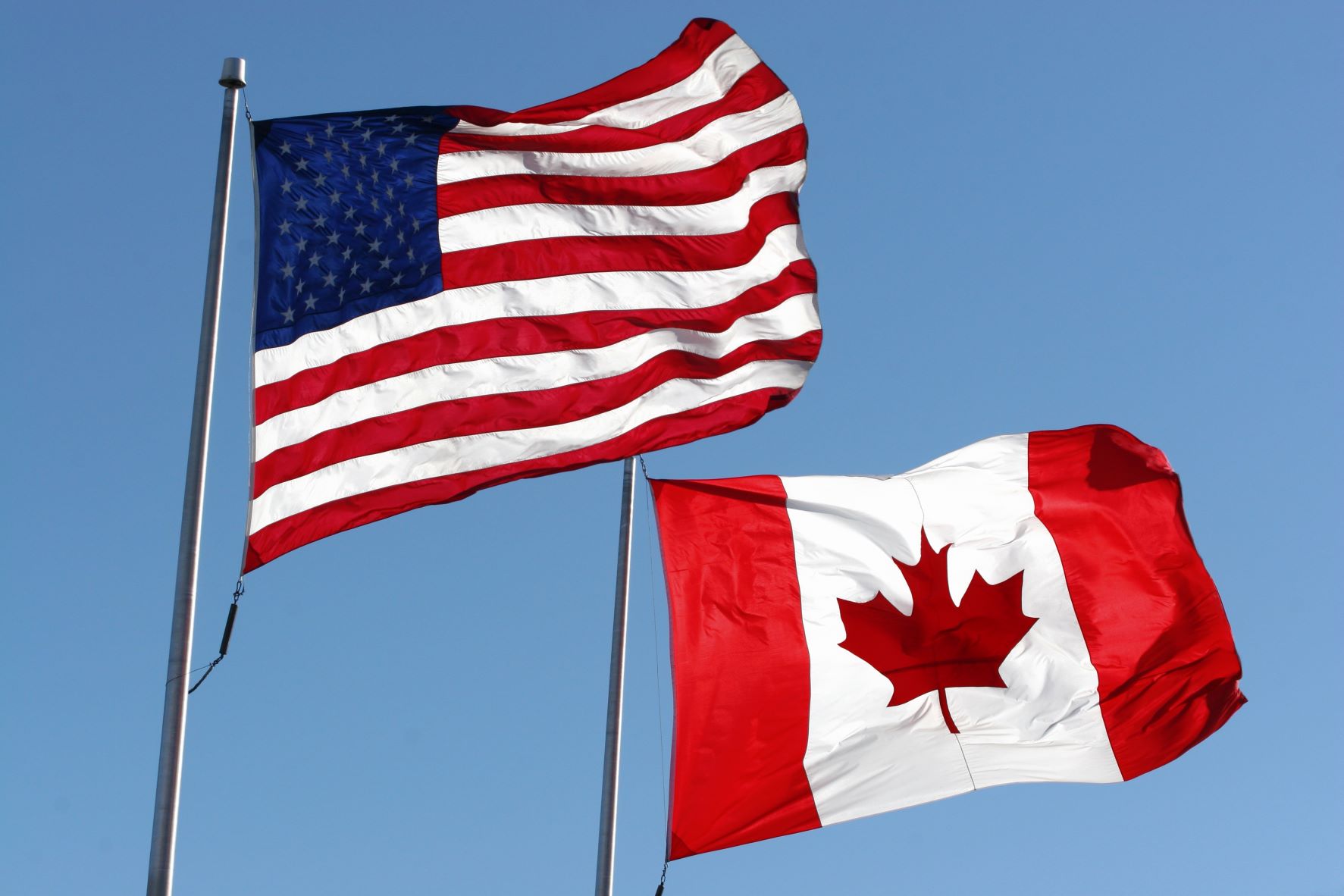For U.S. based companies are entering the export market, Canada is usually the first place to look. Canada is our neighbor; shouldn’t be too hard, right? Wrong.
Even America’s most recognized companies have trouble entering the Canadian market. J. Crew couldn’t manage prices, Zappos had distribution issues, the list goes on.
With such misfortune, how are some companies thriving while others are dying? These successful companies are aware of the following precautions when shipping to Canada:

1. Understanding the Market
Yes, we are neighbors, no our markets are not the same. For one, Canada is a bilingual country. It is important to recognize that both French and English are spoken is the first step to success.
Another part of understanding the market is understanding how customers shop/buy. Canadians are more responsive to loyalty programs and low pricing than coupons and promotions. It may sound self-explanatory, but this is an important aspect in developing your business strategy to tailor to your market.
2. Customs Checklist
Labeling and packaging requirements – products entering Canada have extensive marketing and labeling requirements mandated by federal and providence law. Before shipping, ensure you understand the Consumer Packaging and Labeling Act. This Act has many regulations, a prime example is a requirement that all labels must be in both English and French.
Duties and Fees – to do business in Canada, it’s critical to understand the country’s unique tax code. Taxes are collected at both the federal and provincial levels of government, which can be tricky when calculating your tax rate. Be sure to do your research prior to shipment to avoid the uncertainty.
3. Taking Advantage of Duty Relief Opportunities
Duties are a natural part in the import and export processes. What some businesses don’t realize is that there are options available to help minimize duty requirements. Here’s a brief overview of a few “duty management” opportunities:
Tariff Classification – each product is assigned a 10-digit tariff classification code that’s used to assess the duty obligations, determine eligibility for trade benefits, and other trade data. Slight variations between products usually mean a different tariff classification, meaning different tariff rates. By correctly classifying your products, you can potentially save on unnecessary costs money.
A good example of this tariff classification issue is when a commercial aircraft manufacturer who had previously classified under “other parts of airplanes”, then Customs reclassified the parts as “prefabricated buildings”. This ended up costing them an increase in duty from duty-free to a 5.7% duty. Eventually, a protest was filed and Customs agreed that the original classification was right.
Undoubtedly, the accurate tariff classification can have a huge impact on your duty obligation.
Free Trade Benefits – North American Free Trade Agreement (NAFTA). Under NAFTA, tariffs are removed on virtually all originating goods traveling between the U.S., Canada, and Mexico. Understand NAFTA’s rules of origin before shipping products can potentially save your company tariff obligations.
4. Becoming a Canadian Non-Resident Importer

Shipping to Canada doesn’t have to be a disadvantage for a U.S. business competing with a Canadian counterpart. There are heavy restrictions on shipping goods to Canada for non-Canadian entities. The inability to impose a landed cost and inability to clear goods through customs are often a hurdle U.S. businesses must overcome.
However, the Canadian government has addressed these issues with the Non-Resident Importer (NRI) Program. This program allows businesses to:
- Factor in all duties, taxes, and other fees at the time of purchase
- Gain control over delivery times
- Compete with Canadian businesses
- Potentially reduce supply chain expenses
- Greater customer satisfaction
For businesses wanting to ship to Canada, becoming an NRI member is essential.
5. Don’t Assume U.S.-Based Carriers Can Handle Canada-Bound Shipments
The common misconception is that companies who can handle U.S. shipments can seamlessly transition into Canadian shipments. The reality is, U.S. and Canada have the different required expertise, so it’s important to find a provider that can perform the following services:
- Customs Clearance – a provider should have resources in place to guarantee compliance with all U.S. and Canadian customs mandates
- Distribution Network – Canada has a combination of urban and remote areas. The right provider should be able to ship to all locations without having to off-load to a third party
- Canadian Expertise – Canada has vastly different regulations compared to the U.S. It will prove to be invaluable by having a shipper with preexisting Canadian expertise, saving you the time and money in investing your resources
Too many U.S. companies underestimate the difficulties involved in shipping to Canada. By understanding and acting upon these 5 steps, your company will be better prepared for your Canadian shipping needs. Don’t forget to check your shipping to Canada checklist to avoid any further uncertainty.
Contact a Truckload Specialist

